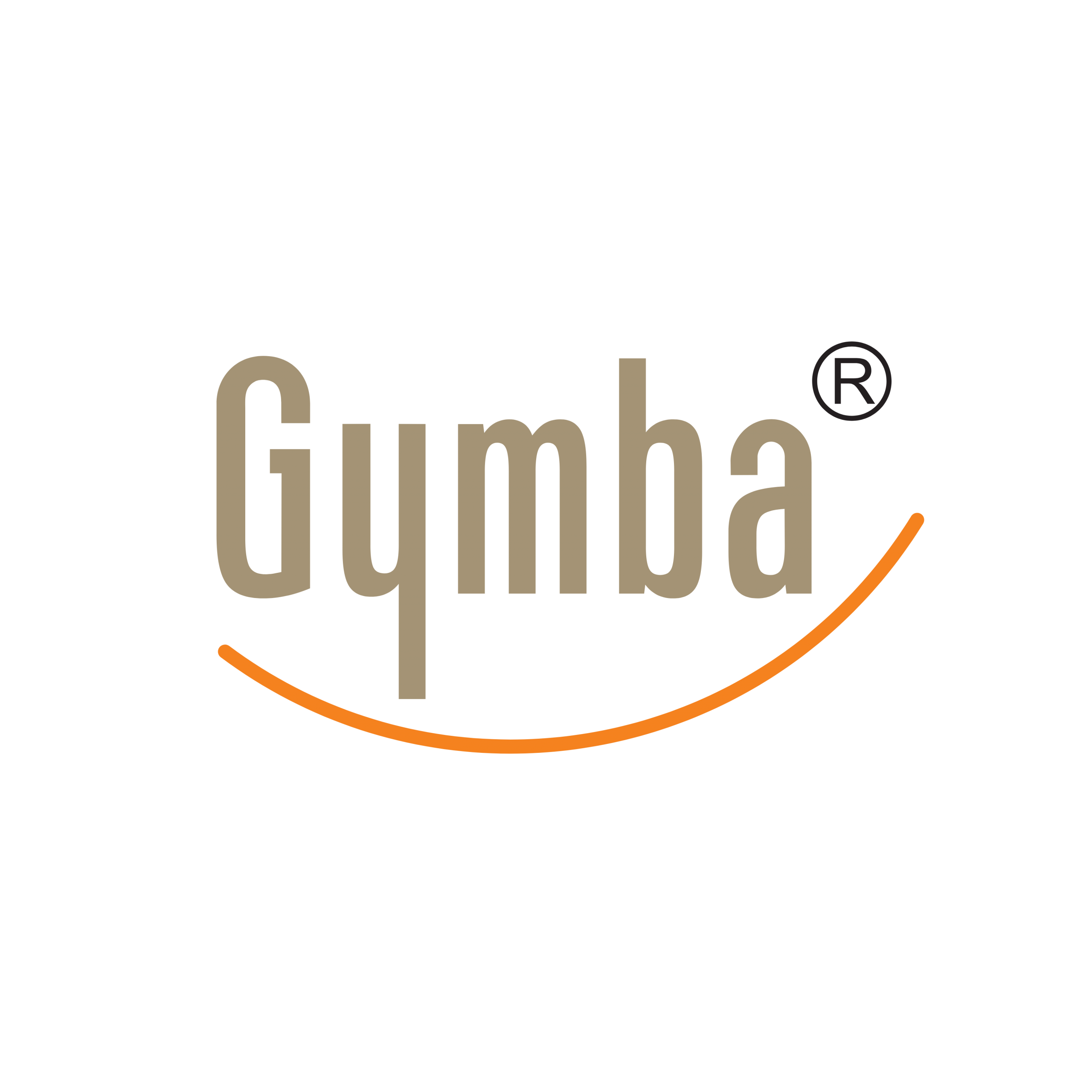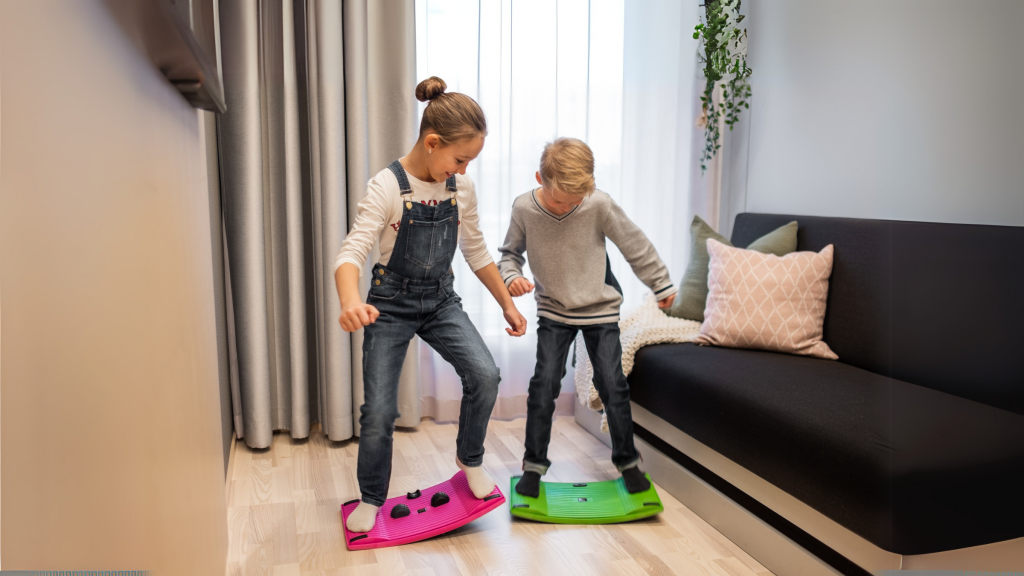Teachers can incorporate movement into classrooms by implementing short activity breaks, creating movement-friendly learning stations, using active teaching methods, and designing flexible classroom spaces. Regular movement helps improve student focus, enhances cognitive function, reduces disruptive behavior, and promotes better posture in the classroom. Even small amounts of physical activity throughout the school day can significantly boost learning outcomes while supporting physical and mental wellbeing.
Why is movement important in the classroom?
Movement in the classroom is vital because it directly impacts how the brain functions and learns. When students move, blood flow to the brain increases, delivering more oxygen and glucose that fuel cognitive processes. This physiological boost helps children maintain better attention spans and process information more effectively.
Research shows that physical activity triggers the release of brain-derived neurotrophic factor (BDNF), a protein that supports memory formation and learning. Movement also helps regulate mood and reduces stress hormones that can interfere with concentration and information retention.
Beyond cognitive benefits, regular movement throughout the school day helps students develop better posture in the classroom. Static sitting for extended periods can lead to poor posture habits that may cause discomfort and affect health long-term. By incorporating movement solutions for better classroom posture, teachers help students develop body awareness and maintain healthier positions when they do sit.
Movement also serves as a natural outlet for children’s energy, reducing fidgeting and disruptive behaviors while increasing on-task time. This creates a more positive learning environment where students can better engage with educational content.
What are simple movement breaks teachers can implement daily?
Simple movement breaks can be seamlessly integrated into daily classroom routines without disrupting the learning schedule. These quick activities require minimal preparation yet offer significant benefits for student engagement and focus.
Start with transition exercises between lessons. When switching subjects, have students stand and perform 30 seconds of simple movements like arm circles, marching in place, or gentle stretching. This helps reset attention and prepares them for new content.
Try these easy-to-implement movement breaks:
- “Stand and Stretch” – Students reach high, low, and to each side for 60 seconds
- “Animal Moves” – Students mimic animals (frog jumps, crab walks) for 1-2 minutes
- “Count to 10” – Students perform an action (jumping jacks, squats) counting to 10
- “Mirror Partner” – Students mirror each other’s movements for 2 minutes
- “Alphabet Fitness” – For each letter, perform a corresponding movement
Use movement as a classroom management tool by incorporating “brain breaks” when you notice attention waning. Even 30 seconds of movement can refresh students’ ability to focus. Keep movements simple enough to perform between desks or in limited space.
Remember that consistency is more important than duration—short, regular movement opportunities throughout the day provide better benefits than occasional longer sessions.
How can movement be integrated into actual lesson content?
Movement can be directly woven into lesson content, creating kinesthetic learning experiences that engage multiple senses and improve information retention. When physical activity becomes part of the learning process itself, students develop deeper understanding of concepts.
In mathematics, use movement to teach numerical concepts. Students can form human number lines, physically jump forward or backward to demonstrate addition and subtraction, or use their bodies to create geometric shapes and angles. For multiplication, students can perform groups of movements (e.g., 3 groups of 4 jumps).
Language arts lessons benefit from movement through acting out vocabulary words, physically sequencing story events by moving to different classroom locations, or using hand motions to reinforce grammar concepts. Create “verb charades” where students act out action words for classmates to guess.
For science lessons, incorporate movements that mimic natural processes—students can become planets orbiting the sun, act out states of matter, or physically demonstrate concepts like force and motion. Social studies content comes alive when students physically map historical journeys across the classroom floor or role-play historical events.
Create learning stations that require students to move around the room to complete different tasks related to the lesson objective. This approach combines content mastery with natural movement opportunities and works across all subject areas.
What are the best ergonomic considerations for a movement-friendly classroom?
Creating a movement-friendly classroom requires thoughtful ergonomic design that supports both static and dynamic learning positions. The ideal environment encourages natural movement while maintaining proper posture in the classroom.
Flexible seating options are fundamental to ergonomic classroom design. Consider incorporating a variety of seating choices—traditional chairs, adjustable height desks for active learning, balance balls, floor cushions, and low tables. This allows students to change positions based on their comfort needs and the type of activity.
Arrange furniture to create clear movement pathways throughout the room. Ensure aisles are wide enough for easy movement and designate an open area where whole-class movement activities can occur without requiring desk rearrangement.
When selecting classroom furniture, prioritize adjustability. Chairs and desks that can be modified to suit different student heights help maintain proper alignment of shoulders, back and neck. The ideal sitting position allows feet to rest flat on the floor with knees at approximately 90 degrees.
Create dedicated zones for different learning approaches—quiet individual work areas, collaborative spaces, and active learning stations. This naturally encourages movement as students transition between zones based on learning tasks.
Consider using mobile furniture elements that can be easily reconfigured for different activities. Lightweight, stackable stools or rolling chairs can quickly transform the space from individual work to group collaboration, promoting both movement and engagement.
How can teachers overcome common barriers to implementing movement?
Teachers often face several challenges when incorporating movement in classrooms, but practical solutions exist for each barrier. The most common obstacle—limited space—can be addressed by designing compact movement activities that work in small areas, such as desk-based stretches, stationary exercises, or activities where students move in place.
Time constraints present another challenge. Rather than viewing movement as something extra to fit in, integrate it within existing routines and transitions. Use movement to signal class beginnings and endings, or to transition between subjects. Even 30-second movement breaks between lessons add up to meaningful activity without sacrificing instructional time.
Concerns about classroom management can be addressed through clear expectations and consistent routines. Establish specific signals for starting and stopping movement activities, practice procedures until they become automatic, and begin with structured, teacher-led movements before progressing to more independent activities.
For teachers facing limited administrative support, building a evidence-based case can help. Share research about movement’s impact on academic performance, behavior, and student wellbeing. Start with small, low-disruption implementations that demonstrate positive results before expanding further.
If curriculum pressure seems overwhelming, remember that movement enhances rather than detracts from content mastery. Focus on movement activities that directly reinforce curriculum objectives, making physical activity a teaching tool rather than a separate component.
Key takeaways for creating an active classroom environment
Creating an active classroom environment requires a balanced approach that normalizes movement as part of the learning process. The most successful implementation starts with consistent routines that make movement a regular, expected part of the school day rather than an occasional novelty.
Design movement opportunities that include all students regardless of physical abilities. Offer modifications for activities so everyone can participate at their own level, reinforcing that movement benefits aren’t dependent on athletic skill or competitiveness.
Track the impact of movement integration through simple observations of student engagement, focus duration, and behavior patterns. This helps identify which strategies work best for your specific classroom community.
Remember that teacher modeling is powerful—when you participate in movement activities alongside students, you demonstrate that physical activity is valuable and appropriate in learning environments.
Finally, connect movement to specific learning objectives whenever possible. Help students understand how physical activity supports their brain function and learning capacity, building metacognitive awareness of their own learning processes.
At Gymba, we understand the importance of movement for optimal learning and working environments. Our ergonomic laptop stands for classroom technology can help educational institutions create spaces that naturally support better posture and activation boards that encourage healthy movement throughout the day. By integrating these movement principles into your teaching practice, you’ll create a classroom where students can thrive physically, mentally, and academically.

